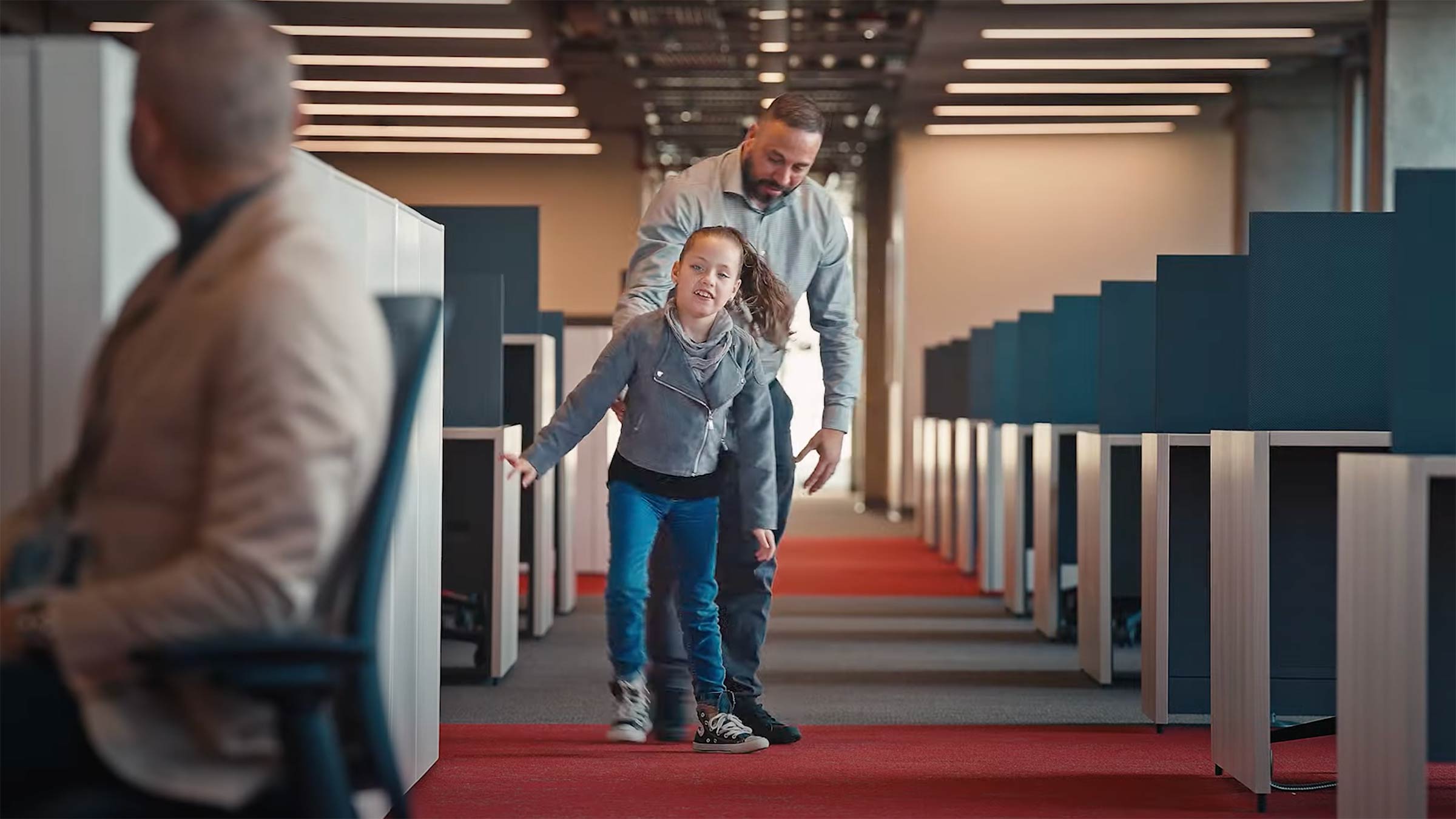Life-changing gene therapy expanding beyond neurological conditions
With treatments for conditions like Alzheimer’s disease on the horizon, researchers seek to address eye disease and chronic illness.
Parents hearing their toddler’s voice for the first time.
A father with Alzheimer’s disease recalling a forgotten daughter’s name.
A woman with Parkinson’s disease once again being able to feed and dress herself.
A child born with dark and blurry vision now able to read the chalkboard and play with her classmates.
Therapies that were mere hopes just a few years ago are on the verge of reality at The Ohio State University Wexner Medical Center as physician-researchers expand programs to target genes that are missing or in disarray, often in microscopic areas of the brain and eye.
The technology has implications for a vast range of serious neurological and other conditions and in the future could likely be applied to treat patients for everything from strokes to substance use disorder.
“There are incredible opportunities in this research area to create impact,” says Peter Mohler, PhD, The Ohio State University’s executive vice president for Research, Innovation and Knowledge.
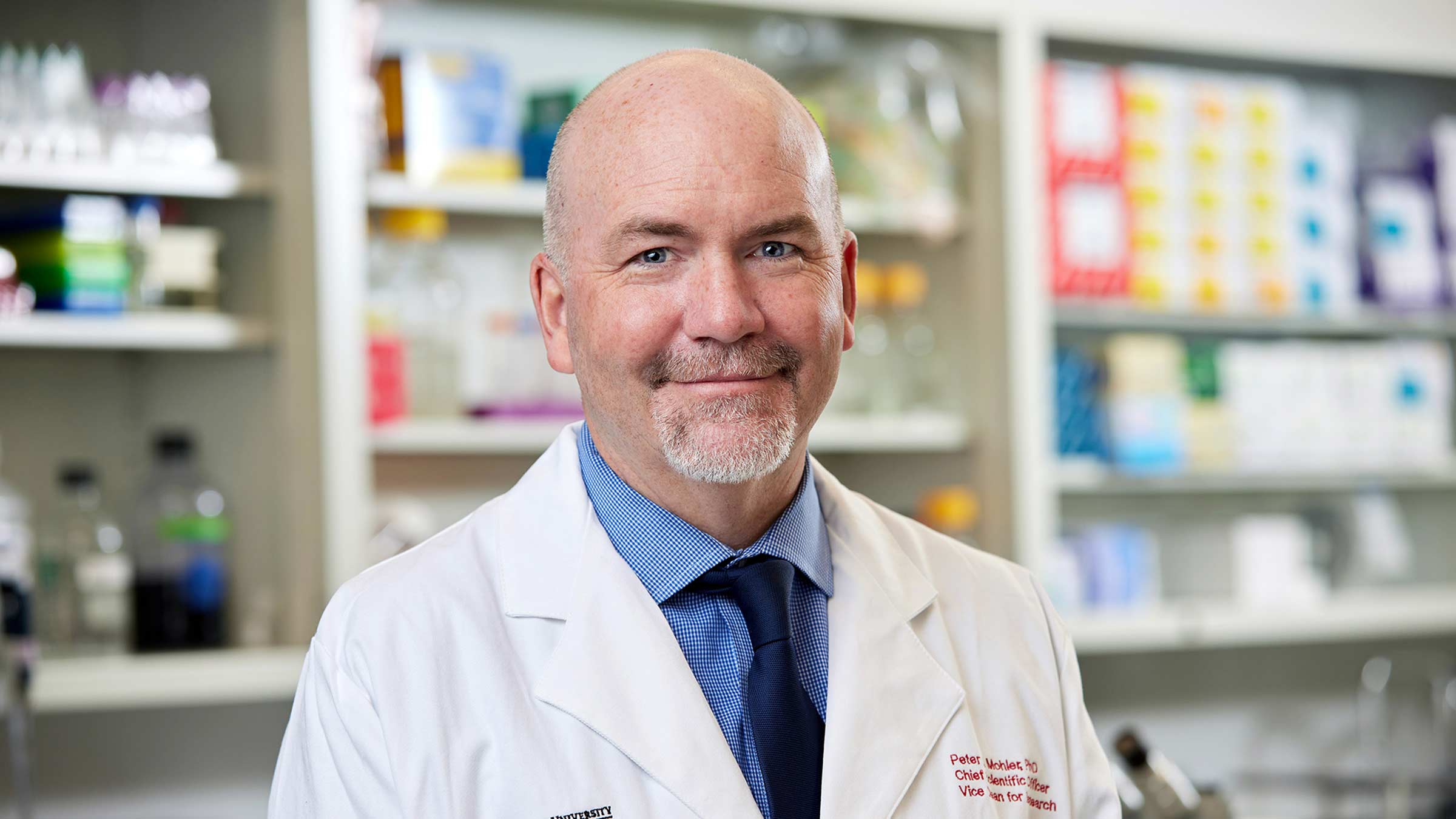
“Our goal is to build this platform for multiple disease conditions and capitalize on our incredible clinical care and great physicians,” says Dr. Mohler.
“We want to not only address neurological disease, but take the same pathways and look at things like diabetes, cardiovascular disease, eye disease and cancer,” Dr. Mohler adds.
Ohio State has the world’s largest clinical gene therapy program for neurological disorders, says Russell Lonser, MD, who serves as professor and chair in The Ohio State University College of Medicine’s Department of Neurological Surgery and holds the Sanford and Rife Family Chair in Neuro-Oncology.
The university leads five active gene therapy studies in neurological diseases, including Alzheimer’s disease, Parkinson’s disease, Huntington’s disease, multisystem atrophy and AADC deficiency, a rare developmental disability.
Upcoming gene therapy trials include treatment of epilepsy, other forms of dementia, Lou Gehrig’s disease (amyotrophic lateral sclerosis, or ALS), and geographic atrophy, or “dry form” of age-related macular degeneration in the eye.
“We are addressing diseases at the underlying genetic level in a lasting, permanent manner,” Dr. Lonser says. “The impact that gene therapies can have on incurable diseases could be transformative for millions of patients.”
Gene therapy turning science fiction into reality
To develop leadership in this area, the Ohio State Wexner Medical Center is bringing together scientists and physicians along with a cadre of administrators who champion innovation and encourage alliances with others, including the state’s private economic development corporation JobsOhio, Nationwide Children’s Hospital and industry and regulatory partners.
“This is an area that will revolutionize not only rare diseases, like it’s done in the past, but also has the ability to scale these foundational discoveries to go after diseases like Alzheimer’s and Parkinson’s disease,” says Dr. Mohler, chief scientific officer for the Ohio State Wexner Medical Center and College of Medicine.
“If you’d imagined five years ago that we would be doing this, I think people would have laughed, but we really have a legacy opportunity to really push this for the next 50 years,” says Dr. Mohler.
In its earliest days, gene therapy has successfully been tackling rare childhood diseases.
The U.S. Food and Drug Administration approved the first gene therapy in 2017, for a rare pediatric eye disease called Leber congenital amaurosis. The disorder causes severe vision loss at a young age.
As this therapy was being developed, teams of researchers from across Columbus, including at Ohio State and Nationwide Children’s Hospital, created multiple new therapeutic platforms that have impacted human disease.
“That’s happening, that’s not science fiction,” Dr. Mohler says. “There are now approved therapeutics for pediatric diseases improving people’s lives today.”
Hub of neurological and ophthalmological gene therapy expertise
The Ohio State Wexner Medical Center already is the national leader in developing technology for advanced neurological gene therapy for adults, and has built a team to soon follow in treating eye diseases with a strong genetic component.
Technology used to monitor the direct infusion of genes to small areas of the brainstem using real-time MRI has been developed by Dr. Lonser and Krystof Bankiewicz, MD, PhD, who is chief scientific officer for the Ohio State Gene Therapy Institute and holds the Gilbert and Kathryn Mitchell Endowed Chair and is a vice chair of Research in the Ohio State College of Medicine.
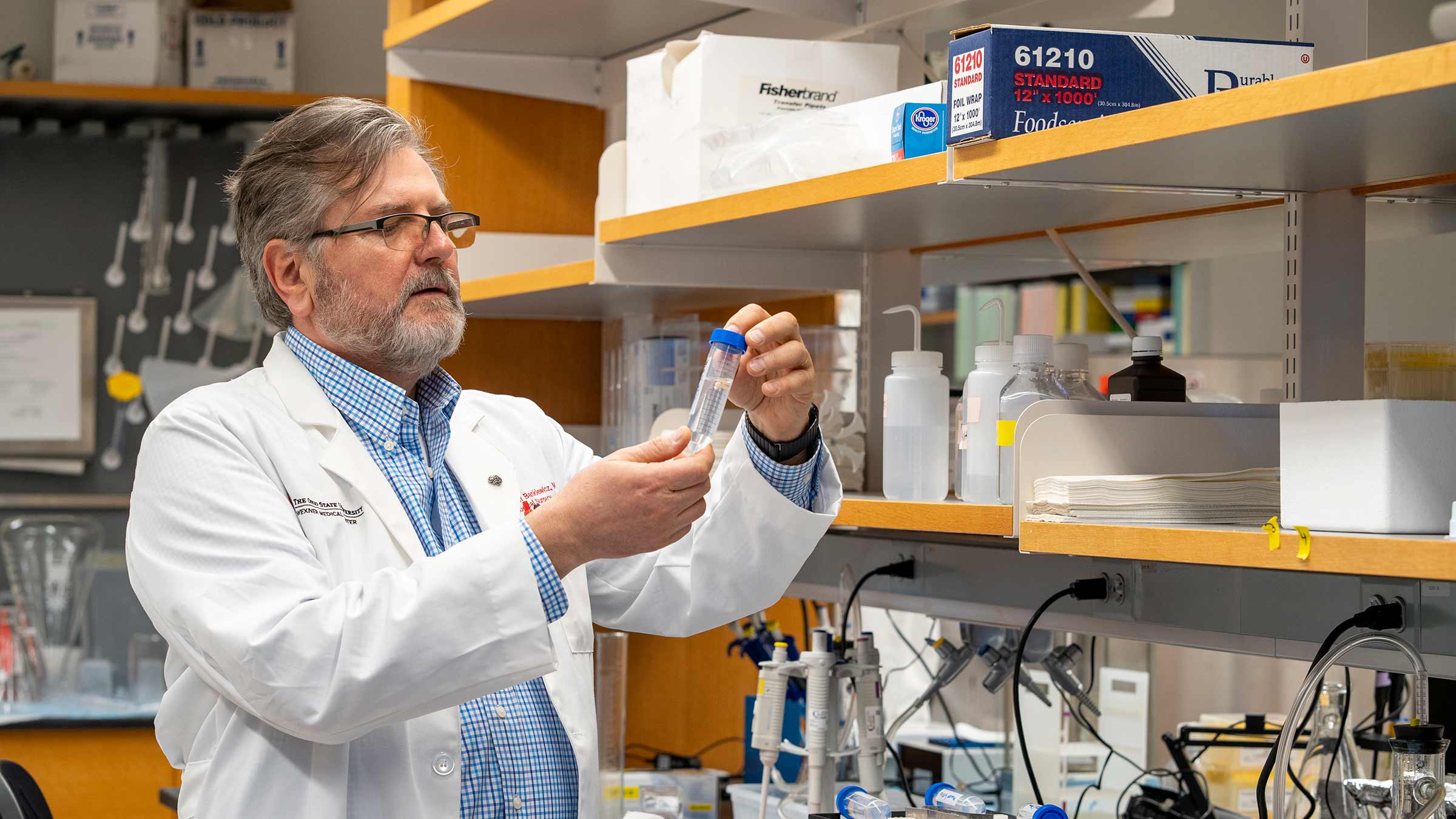
With the help of surgeon J. Bradley Elder, MD, director of Neurosurgical Oncology, the technology has successfully been used to treat AADC deficiency, allowing children who previously couldn’t talk or walk to reach milestones once thought impossible.
Researchers are now conducting early clinical trials at Ohio State in hopes of applying it to other neurological disorders, and Dr. Lonser estimates therapies could become widely available within the next two to five years.
“This is the last frontier for gene therapy — being able to get into very specific regions of the brain to go after some of the most devastating and large-scale diseases,” Dr. Mohler says. “You almost need to be able to target the gene with GPS to get it to the right place at the right time. Those places are very small — on submillimeter levels.”
The program draws interest not only from developers of novel therapies but also from physicians from around the world seeking to develop these new skills.
In ophthalmology, Ohio State gene therapy researcher and vitreoretinal surgeon Thomas Mendel, MD, PhD, is building a team that will develop gene therapy interventions for first-in-human clinical trials.
“At this moment, we’re getting ready to fly and to take off,” Dr. Mendel says. “I’m pretty excited to be here and feel very fortunate.”
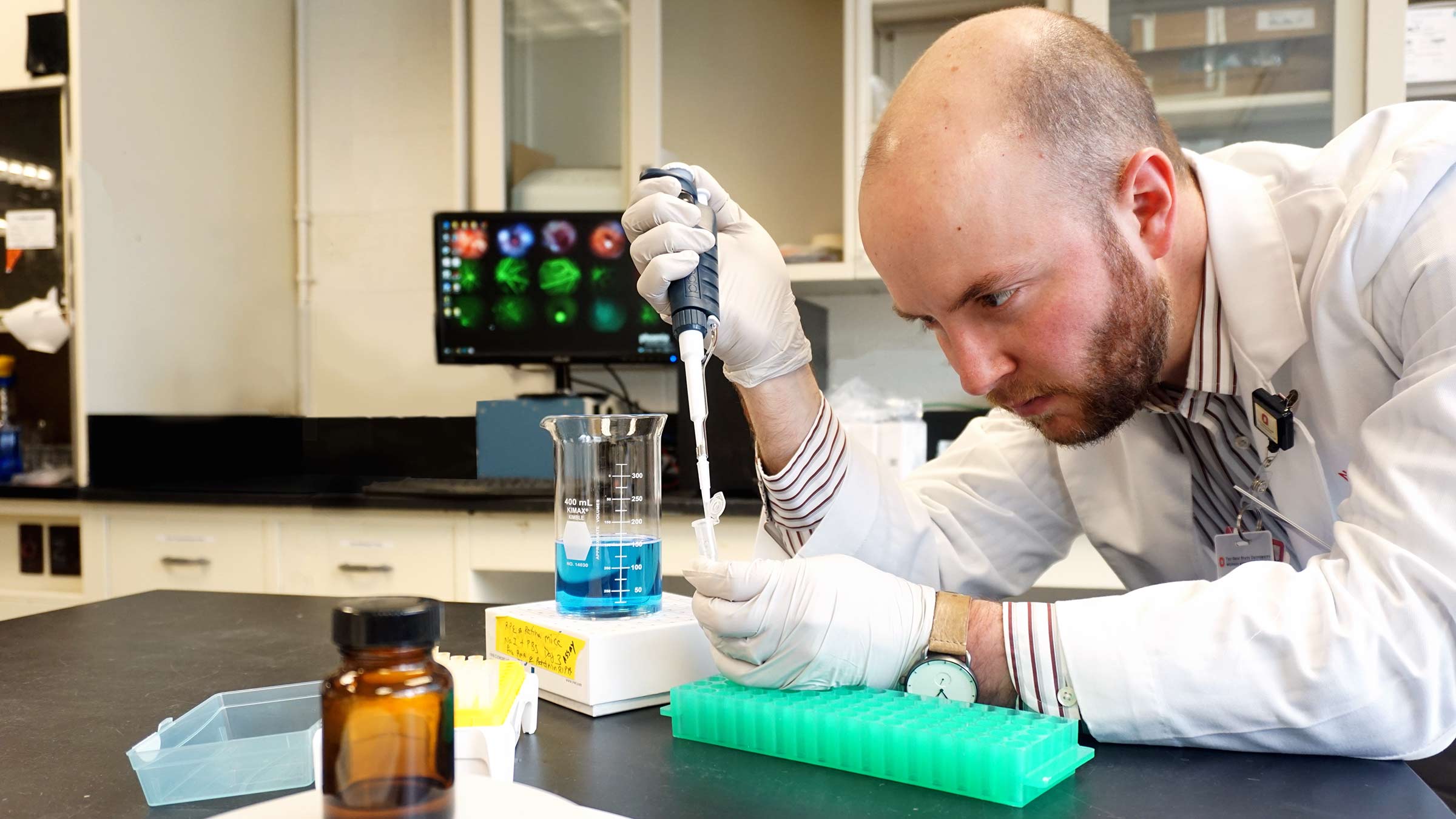
Dr. Mendel, who had trained at the Cleveland Clinic’s Cole Eye Institute in a two-year retina surgery fellowship, completed a dedicated pediatric retina fellowship at the University of Michigan’s Kellogg Eye Center following his hiring at Ohio State.
There, he gained experience in the gene therapy technique for treating children with Leber congenital amaurosis — the pediatric retina disease that causes severe vision loss. Young children went from legally blind status, unable to read any letters on a vision chart, to having near-perfect vision, clear enough that they may someday be able to drive.
He’s now working to discover innovations that can be applied to other genetic causes of blindness.
Among his efforts is a collaboration with clinicians and research scientists at Nationwide Children’s Hospital to take on the devastating Batten disease. Children with Batten disease develop signs and symptoms at ages 4 or 5 years, with blindness, loss of muscle control, seizures and progression to death by age 10.
“Ohio State is an exciting hub for clinician-researchers and scientists to be creative and give hope to patients and their families to benefit from innovative new treatments to restore vision,” says Sayoko Moroi, MD, PhD, chair of the Department of Ophthalmology and Visual Sciences at the Ohio State College of Medicine.

“We are creating a supportive culture and environment to attract scientists and clinician-scientists who will join the BuckEYE team to restore vision and cure eye diseases,” says Dr. Moroi.
Support from leadership makes breakthroughs possible, she says, as does strong partnerships between departments, the many academic experts at Ohio State and in the community and grateful patients.
Using gene therapy to safely help as many patients as possible
Dr. Lonser says Ohio State is fortunate to have specialists skilled in the necessary basic science combined with clinical expertise in gene therapy and drug delivery.
The university’s groundbreaking Gene Therapy Institute, launched in 2022, was formed to support and enhance collaboration between these experts.
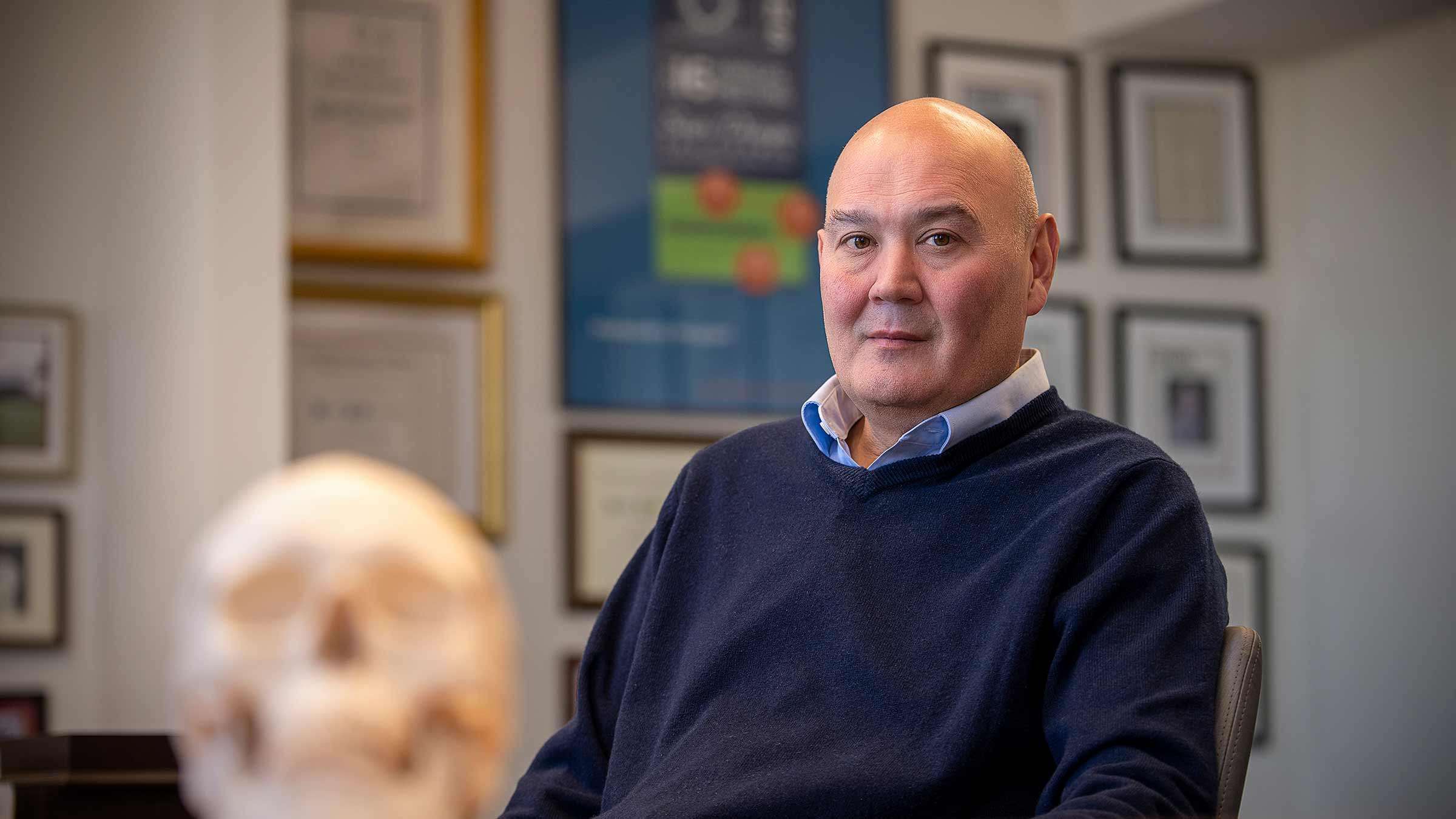
Led by Dr. Lonser and Dr. Bankiewicz, the institute brings together more than 70 faculty members from the colleges of Medicine, Arts and Sciences, Law, Business, Veterinary Medicine, Engineering and Pharmacy. The goal is to answer some of medicine’s most challenging questions in a streamlined yet cautious manner to allow life-changing treatments to get to patients when they need them.
“It is truly trans-institutional and designed to accelerate basic science discoveries into clinical cures for untreatable, or incompletely treated, disorders,” Dr. Lonser says.
The vast team of experts needed to get these new technologies to patients include not only specialists who diagnose disease, but also genetics experts, radiologists who manage the MRIs that help deliver gene therapy, skilled surgeons and operating room teams.
Further, Ohio State is training undergraduates and developing additional courses to ensure growth in the gene therapy field, and is willing to work with industry partners to help bring technology to patients in a timely manner.
Eventually, Dr. Mohler says, the goal is to have a wide array of gene therapies available as general offerings to patients, much like mammograms or prostate cancer surgeries or eye surgeries.
“The key is that we don’t go too quickly. We want to make sure that we’re very thoughtful. Over the history of gene therapy, it’s had its stops and starts,” he says. “Ohio State is in a really good place to lead. We have good leaders who want to align with patient outcomes first.”

When you give to The Ohio State University Wexner Medical Center, you’re helping improve lives
We’re committed to making advancements in research, education and patient care that will have an impact throughout Ohio and the world.
Ways to Give



